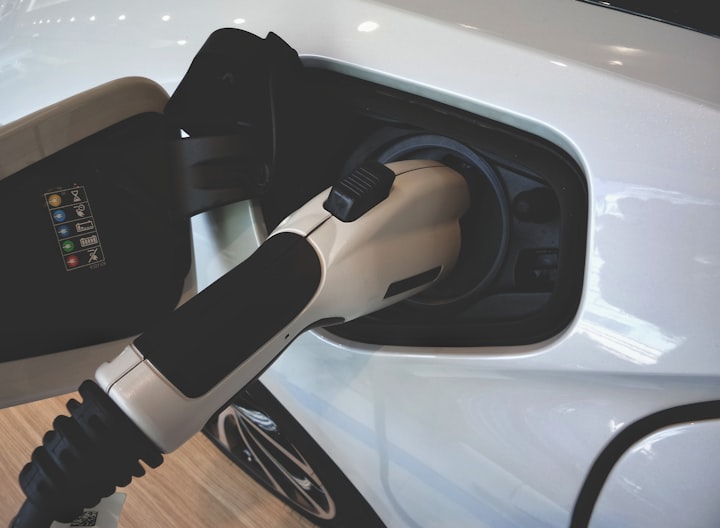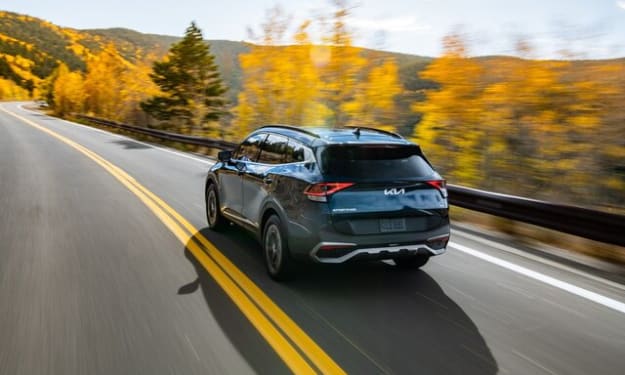How to make sustainable batteries that won't wreck the planet
How to make sustainable batteries that won't wreck the planet

In April 2020, the Berkeley Law Center for Law, Energy, and Environment published a white paper entitled "Building a Sustainable Power Supply Chain Series". Non-cobalt batteries will enable electric car manufacturers to reduce the cost of their cars by 30%. Many other things are needed to make batteries for electric vehicles, which the automotive industry authorities warn could be in short supply if the United States does not increase production.
About 40% of the cost of an electric car comes from the battery itself, OEMs do not want that number to go elsewhere. Currently, there are a small number of electric car batteries that need to be reused or recycled. In the next few years, we will likely begin to see the life cycle of a lithium-ion battery, in which the car's batteries can be used as part of a smart charging grid. static energy storage systems. There is a high potential for lithium-ion batteries that enable electric vehicles to help meet sustainable development goals by reducing carbon emissions.
“Lithium-ion batteries are now being developed by many governments around the world as a viable energy solution for everything from electric cars to cell phones. In recent years, lithium-ion batteries have become increasingly important, providing portable power to everything from smartphones to cars. The first commercial products using lithium-ion batteries (Li-ion) came into operation in 1991 and have since become widely used in technologies such as cell phones and laptops, to change the way electronic devices work. Lithium-ion batteries are also charged in electric vehicles based on lithium among many other metals.
Lithium-ion batteries typically use metallic compounds such as cobalt, nickel, and lithium in the positive electrode and the negative electrode carbon. Cambrian batteries use biodegradable electrode organisms and common metals (unlike conventional metals) on a direct electrode. The Cambrian battery is a new revolutionary product that uses biological substitutes for the earth's rare metals. Lithium batteries use cobalt and nickel as essential components in addition to lithium.
Lithium batteries are now made of various chemicals and compounds. Each battery contains highly toxic, toxic, and harmful substances such as mercury, cadmium, lithium, and lead. Lithium is the lightest metal on Earth and is an integral part of modern batteries.
The function of the lithium inside the battery is to transfer charge from one side to the other. The great advantage of using rechargeable batteries is that, due to their rechargeable capacity, they need fewer batteries to provide the same amount of power. Sodium-ion batteries need to be larger to have the same power, but for some intangible purposes, such as solar energy, this is fine. Its 1+ ion electric current is concentrated in a small space, which means that lithium batteries pack a lot of energy in a small, lightweight package.
By 2030, electric cars will need 2,700 GWh of lithium-ion batteries per year. Of course, as the demand for batteries increases, the need for lithium increases. Add to this the growing demand for electric vehicles and energy conservation, and you begin to understand why lithium is mined in the heat. The demand for batteries is because billions of people carry consumer electronics.
With these numbers, even the old “but cheap battery” debate has no water. The discovery confirms the fact that the supply chains we currently have for the production of lithium batteries are not fully sustainable.
As long as the lithium prices remain low, manufacturers will not raise a finger to mine new mines. This is one of the main reasons why pharmacists need to build a more reliable battery. We need a way to save electricity, and in many cases that will be batteries. When this electrical circuit is dead, the batteries should be disposed of safely, but millions of batteries are discarded every year by users.
Also, when you connect a charger that can charge up to 80% in 30 to 40 minutes, you lose some battery life every time you charge, Kelley said. According to Kelley, the sixth rule is that if a battery reaches 80 percent of its original capacity, it should be replaced. Kelley, the lead author of a 2020 study examining the best ways to extend battery life, said that a battery should not be charged below 20% or more than 80%. Unfortunately, even the most ardent environmentalist in the world will not give you a powerful Tesla.
The problem is that electric vehicles do not produce zero and produce an average of more than eight tons of CO2 in production and production, and two additional tons of CO2 per year, based on the combination of energy used to produce electricity. However, batteries themselves do not exist without environmental concern.
In a previous article, we looked at some of the challenges of using batteries as a source of power to power the IoT boom. In this blog, we look at common EV battery supply chains, manufacturers, and innovations that can move the market, and how digital integration of data supply chains can help ensure sustainable EV battery production. The World Bank Investment Bank (UBS) recently released a detailed report on the battery life of the world's largest investment bank customers. Battery recycling in North America - how to recycle batteries today.
Battery myths and battery facts: What you need to know about using renewable energy with commitment. The campaign to provide manufacturers with efficient lithium batteries is being carried out by climate-sensitive countries such as the United States, which want to eliminate fuel-efficient vehicles and SUVs. Fast charging, more powerful versions of Cambrian batteries can extend electricity to deserts or disaster areas.





Comments
There are no comments for this story
Be the first to respond and start the conversation.